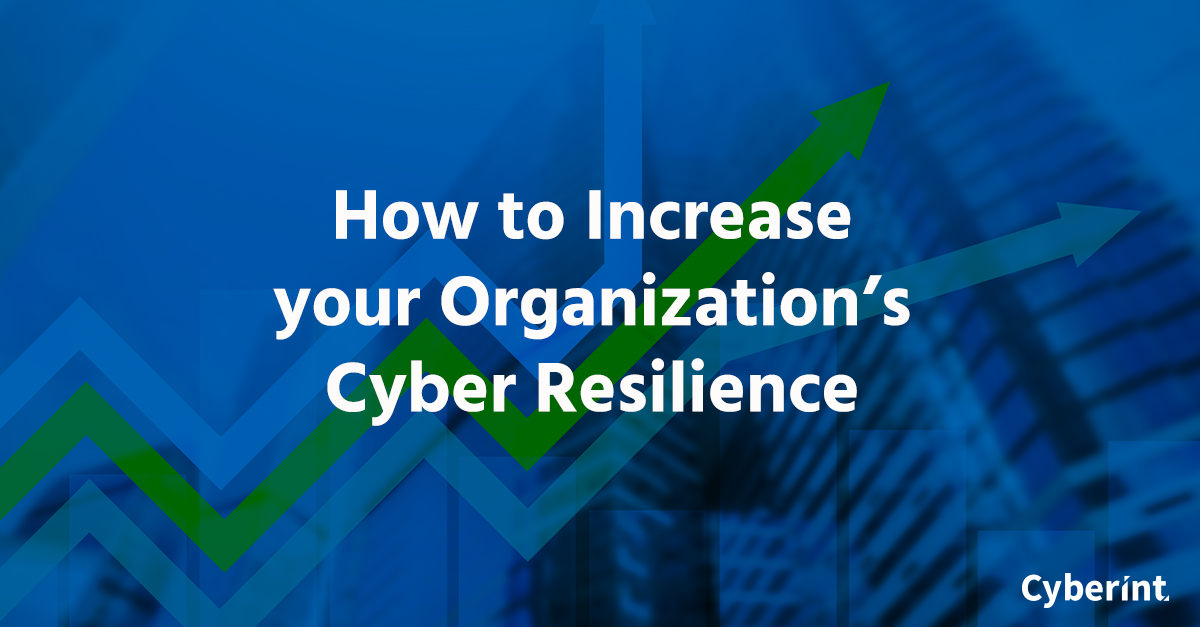


The 2019 Capital One Data Breach was one of the largest data breaches in the history of the banking industry, revealing sensitive data of over 100 million US and Canadian consumers and businesses, including SSNs, bank account details, addresses and more. It is expected to cost the company up to $150 million in the near term alone.
Capital One wasn’t the only financial institution to suffer a significant data breach. The financial services industry is the “most breached” of any sector, and experiences 300% more cyber attacks than any other. However, other sectors are also frequent victims to breach attacks: Data breaches exposed over 6 million medical records in the US between January-May 2019, over 75% of US retailers experienced a breach at some point, and over 60% of US Federal agencies have reported breaches.
As organizations in all sectors increase their digital presence, they become vulnerable to continuously evolving and increasingly sophisticated risks. In fact, as Brian Krebs recently stated in his keynote address at the inaugural BSI Cyber Resilience Exchange: “Businesses and IT professionals need to start accepting the depressing reality that everything gets hacked so they can focus instead on recovering from an incident”.
This means that finance, retail and eCommerce companies need to increase their resilience and implement a digital risk protection (DRP) solution to protect their digital assets. Their brand, their employees and their customers will be better protected by a DRP engineered in conjunction with cybersecurity experts who have vertical expertise in finance, retail and eCommerce.
Organizational Resilience is an organization’s ability to “resist, absorb, recover and adapt to business disruption in an ever changing and increasingly complex environment, to enable it to deliver its objectives, and rebound and prosper.”
A cyber resilient organization can thus maintain operations while under cyber attack, or can at least rapidly and reliably restore operations despite being disrupted by one.
Recent research indicates that quicker detection of a breach and having an automated security solution in place can reduce the cost of a breach by about half. We’ve broken down this process into 5 sections:
The first step in protecting something is knowing what to protect. What type of information are you storing? Which assets are most important to you? A comprehensive review of all your assets, as well as a priority list is first port of call.
Breaches can be caused by attacks from threat actors either outside or inside your organization. Endpoints such as laptops, mobile devices or even wireless printers can provide gateways for threat actors. Out of date technology or software can also provide easy access for a threat actor. Often it is employees who are the cause of the breach, even unknowingly and without malicious intent. So consider, who has access to your assets? How are they accessed? Are the assets on a cloud or stored locally? How up to date is your cybersecurity technology? How many endpoints do you have?
Reviewing your current setup is critical for determining your “risk appetite”, i.e. the amount and type of risk that an organization is prepared to tolerate before taking action to reduce that risk. Limiting the people or gateways that can access your data and endpoints (e.g., do mailroom employees really need a company laptop with access to client information?) is an easy first step towards securing your assets against a breach attack.
When you know your risk appetite, you won’t waste resources reducing risks that are at an acceptable level and you can allocate more resources to protect truly sensitive and vulnerable assets. This is best done in conjunction with a DRP expert who understands not only cybersecurity, but also the intricacies of finance, retail and eCommerce.
DRP experts can assist to determine your risk appetite by using a risk profiling scorecard tool, developed in collaboration with the Retail and Hospitality Information Sharing and Analysis Center (RH-ISAC) and tailored to retail and hospitality providers.
Once you’ve defined your risk appetite, you can begin to move assets from less secure to more secure environments, determine competencies (skills/capabilities necessary for successful performance across cyber roles) and how to apply them, and lastly how to optimally allocate resources to protect cyber assets.
Once you’ve identified and categorized your assets, reviewed your existing defenses and determined your risk appetite, you can implement technology which will give you proactive, real-time, automated protection, customized to your individual needs.
The best way to become resilient is to prepare and practice. A DRP strategy should be prepared in advance (where possible), and everyone involved should be educated regarding the sensitivity of the assets they handle, the vulnerabilities associated with their work, how the organization will react when under attack, and their defensive roles during an attack.
Organizations also need to run breach and attack simulations (BAS), so all teams can experience in real-time how both they and the organization’s platforms react to adversarial conditions. This will help build a strong risk culture, and enhance your cyber resilience.
Building a digital risk protection plan and increasing your organization’s defenses is a complex task, but you don’t need to do it alone. Cyberint offers expertise and experience in DRP coupled with vertical expertise in retail, eCommerce, finance or healthcare.
We can help you build an automated, proactive DRP system delivering real-time targeted threat intelligence which discovers vulnerabilities and threats early on, for timely mitigation before they turn into costly incidents or breaches.
To take your organization’s cybersecurity to a new level, and get optimized protection for your brand, your employees and your customers, check out Cyberint’s Argos DRP platform, which is compliant with world-leading ISO standards in cyber intelligence, and which will help you take your organization’s cybersecurity to a new level.
Fill in your business email to start


